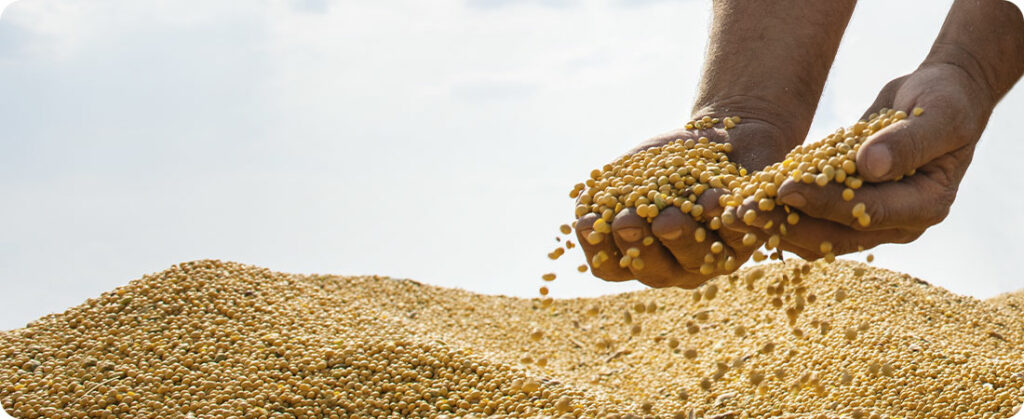
Conab announced a drop of 2 million tons in the soy 2023/24, confirming the expected reduction. However, the impact of this reduction can be accentuated or minimized by climatic factors, according to an analysis by meteorologist and director of ignitia Análise Climática, João Rodrigo de Castro. The next few weeks are crucial to define the breakdown of the Brazilian soybean harvest, requiring a medium-term vision. Models predict maintenance of humidity and good volumes of rain for January and February.
Castro highlights that the current climate trend is positive for rural producers, as better humidity conditions for crops reduce losses and favor the planting of the second crop in regions where the soybean harvest is underway. Ignitia Climate Intelligence revealed recent recurring rains, especially in the Central-West and North of Brazil. Minas Gerais, Southern Tocantins, Mato Grosso and Western Bahia, agricultural areas, had high volumes of rain due to the ZCAS. However, despite the rain, significant losses occur throughout Brazil, from North to South, due to the irregular distribution of precipitation. However, Castro states that recent rains could benefit soybeans at the end of the cycle, reducing losses and maintaining the potential for a record harvest.
In the coming weeks, Sinop and Rondonópolis, in Mato Grosso, will experience significant weekly rainfall, bringing the monthly volume closer to the regional average. On the other hand, regions such as Cascavel and Maringá, in Paraná, had a dry first week of January and will have reduced precipitation until the end of the second week.
Source: Seane Lennon | agrolink














